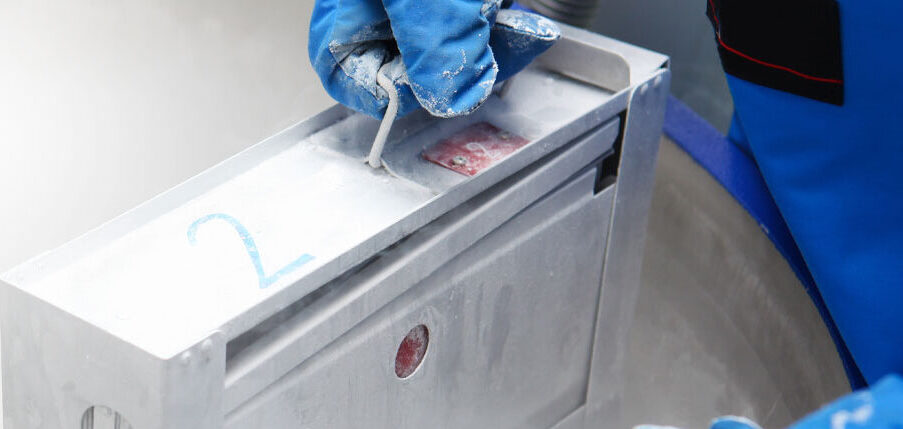Cryopreserved Leukopak Thawing Protocol

General Instructions
- Recommended thawing media for diluting and washing cells are RPMI 1640, IMDM, or DMEM supplemented with 10% heat inactivated FBS warmed to room temperature (20-25°C). DNase I can be added to 0.1mg/ml to reduce clumping.
- Proper aseptic technique should be used when handling and manipulating cells.
- Cryopreserved products should be counted immediately after thawing before any further manipulation. Discovery is not liable for any cell loss during subsequent processing or manipulation.
Thawing Instructions
- Place thawing media in a 37°C water bath, spray with 70% ethanol and place in the BioSafety Cabinet.
- Remove cryobag from storage and place it in a 37°C water bath immediately. Make sure the bag is completely submerged and stable with no movement. During the thaw, you may check the status by gently inverting the bag and placing back into the water bath.
- After the contents of the bag have completely thawed, immediately remove from the water bath, spray or wipe the bag with 70% ethanol, and transfer to the BioSafety Cabinet for further manipulation. You may ensure proper suspension by gently inverting the bag two times.
- Using the port, gently empty the contents of the bag into a sterile 100-250ml conical tube. You can add an additional 5-10 ml of thawing media to the empty bag to rinse it off into the tube.
- Slowly add thawing media to the tube containing the cells up to 4 times the volume of the cell suspension. Securely cap the tube and gently invert 3-5 times after adding all the media. Remove a sample to assess cell count and viability.
- Centrifuge the tube at 300g for 20 minutes at 4°C (no brake). Make sure there is a cell pellet at the bottom of the tube at the end of the run.
- Aspirate the supernatant slowly to avoid dislodging the cell pellet. Discard the supernatant.
- Resuspend the cell pellet* by slowly adding in the appropriate cell media to the desired volume to establish the needed cell concentration. Confirm cell count and viability.
*Make sure the cell pellet is properly dislodged and mixed. You may flick the cell pellet prior to adding the media.
Health Hazards of Liquid Nitrogen
Liquid nitrogen has a 700x expansion ratio, which may cause physical hazards and injuries from the explosion of cryovials, containers, equipment, or other devices. Extensive tissue damage or burns can result from exposure to LN2 or cold nitrogen vapors. Asphyxiation may result from the displacement of oxygen in the air with nitrogen to levels where there is insufficient oxygen. Inhalation of oxygen deficient air can cause dizziness, nausea, vomiting, loss of consciousness, and death.
Personal Protective Equipment
The following personal protective equipment is encouraged when handling or using LN2:
Cryo gloves/Waterproof thermal insulated gloves
- Hands should be protected with waterproof thermal insulated gloves that can be quickly removed if LN2 is spilled on them. Cryo gloves are not intended for submerging hands into LN2.
Lab coats
- Body must be protected with pants, lab coats, and closed-toe shoes.
Safety goggles
- Eyes are sensitive to the extreme cold of LN2 and its vapors. Over-pressurization may result in the explosion of improperly stored cryovials. Chemical splash goggles should be used when handling LN2 and when handling cryovials and other sealed containers that have been stored in LN2.
Safety Precautions
We use cryovials that are designed for vapor phase liquid nitrogen storage.
If long-term storage in the LN2 liquid phase is required, do not use the cryovials provided by us.
Use either:
- Manufacturer-approved cryovials, specifically designed for liquid phase storage.
- Gaseous phase-approved screw-top cryovials that are then hermetically sealed in an outer protective envelope designed for use in LN2.
The handling of cryovials inside of Biological Safety Cabinets or Chemical Hoods (with the sash lowered) will further reduce the risk of injury from explosions caused by excess pressure within the vial.
Limited Warranty: We offer a warranty for frozen cell products for a period of 1 year from the date of receipt, provided they are stored properly.
References
Cryovial: Simport T310 Cryovial®
For more information regarding cryovials, please visit Simport http://www.simport.com/
For more information on AllCells® products, please contact us at orders@allcells.com
CAUTION
AllCells® RUO are “For Research Use Only.” In compliance with U.S. Food and Drug Administration (FDA) Regulations, these products are not intended for use in clinical diagnostic procedures nor in therapeutic procedures.
These products must be:
- Treated as potentially contaminated biological specimens even if available serological reports are negative.
- Handled by establishing or following appropriate safety control procedures to ensure the safety of using these products.
How can we help you?
